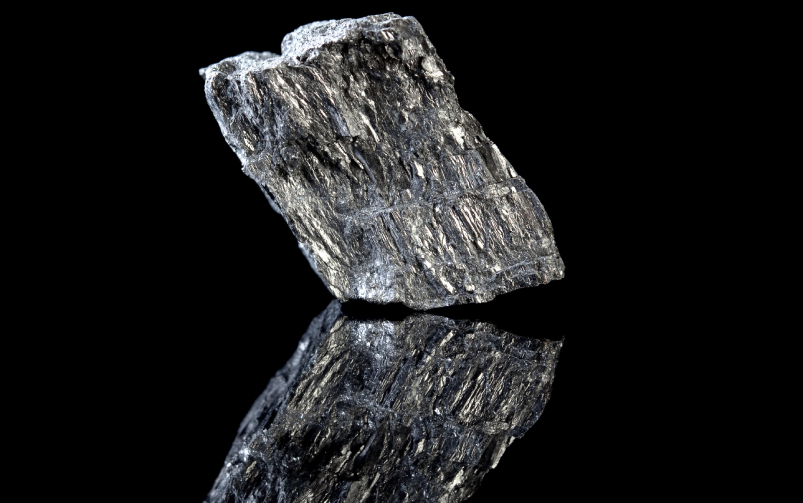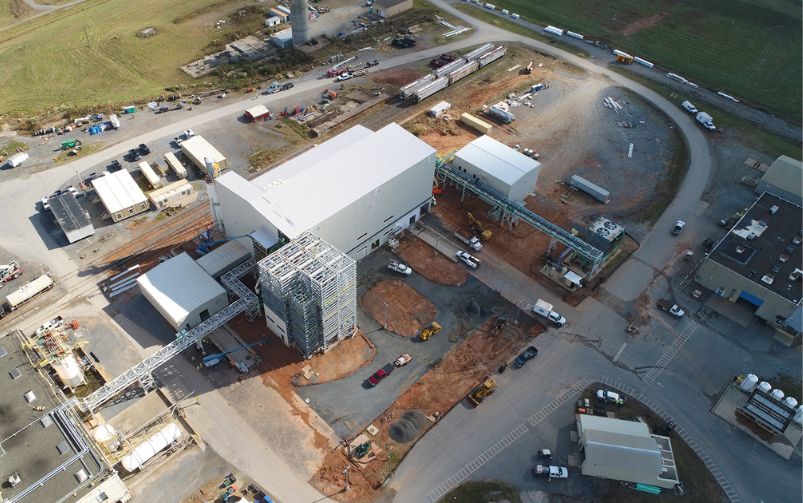Members of the Lake Shore Gold Timmins West-Bell Creek mine rescue team. Back (L-R): Jason Leger, Serge Roy, Natalie Lafontaine, Blade Cashmore, Brandon Duhan, Shane Sullivan, Jordan Tilley. Front (L-R): Jim Davis, Adam Weagle, Terry Roy. Courtesy of Workplace Safety North.
The Lake Shore Gold Timmins West-Bell Creek team won the annual Ontario Mine Rescue provincial competition that took place at the Canadian Gypsum Company Hagersville mine from June 13 to 16. The runner-up was Newmont’s Musselwhite mine.
“The team performed great, they’ve been working together all year and they didn’t stop that day,” said Adam Weagle, captain of Lake Shore Gold Timmins West-Bell Creek rescue team, in an interview with CIM Magazine.
Eight district champion teams from across Ontario competed in the provincial competition and were evaluated on essential mine rescue work, such as high-angle rope rescue, emergency management, advanced mine rescue breathing apparatus, firefighting and first aid response. Team members were also individually tested on their technical skills and on their technical knowledge through written exams.
Fortunately, although the Lake Shore Gold Timmins West-Bell Creek team came out on top, all eight teams who competed successfully resolved the mock emergency. The teams were ranked by their ability to create a safe and effective emergency action plan and the speed and skill level with which they completed the rescue.
Ontario Mine Rescue, a part of Workplace Safety North, delivers training to volunteer mine rescue responders. The provincial competitions have taken place since 1950 and are a way to evaluate mine emergency response teams and standardize mine rescue practices in Ontario.
While the district competitions are hosted in spectator-friendly arenas with a maze of simulated mine workings constructed on the arena floor, the provincial competition sends teams into an actual operating underground mine, where team members have to resolve a complicated multi-stage mine emergency.
This year, the emergency scenario consisted of the rescue of a civilian that had fallen into a mine shaft opening from the surface, the assessment of unstable and collapsed mine workings using drones, the extinguishing of an underground vehicle fire and the extrication and evacuation of a mine worker that had become trapped in a mine collapse.
Weagle said his team put in around 450 hours of preparation for the provincial competition, adding, “It’s training you never want to use.”
For Weagle’s team, the biggest challenge was the rope rescue of the civilian.
“They pulled all the team captains, and the teams were left to their own devices,” Weagle explained. “That's not something we train for a lot, because your captain is usually your leader and they come up with all the plans. When you take that leadership away, all that does is show you exactly what you have in your group.”
However, he said that they simply did what they were trained to do.
Weagle has worked in mine rescue since 2012 and this year was his fifth time competing in the provincial competition.
Weagle said that it is “really helpful” for mine rescuers to join the competition and that they get “a tremendous amount of training out of the competition.”
“I've been doing this for a while. [Team members] at the start of the year come in, and they're ready, they want [the win] and then they get that training, and you can see the confidence built in them,” he said. “Now, confidence is key because if there's an actual emergency, which we hope never happens, they have the confidence to handle that task.”




